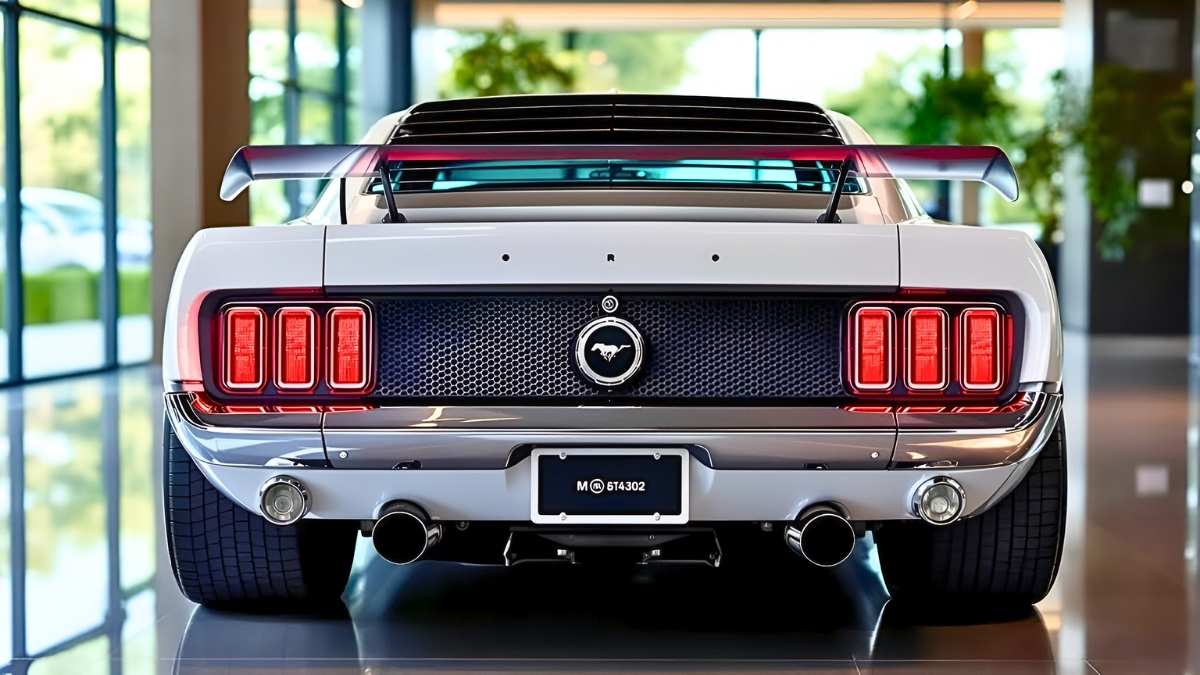The 1970 Boss 302 Mustang is one of the most legendary muscle cars in American automotive history. Designed to compete in the Trans-Am racing series, it was Ford’s answer to the rising popularity of Chevrolet Camaro. While many muscle cars of the late 1960s and early 1970s emphasized straight-line speed, the Boss 302 was engineered to excel on road courses, blending power, agility, and precision handling. Its success on the track and reputation on the street solidified the Boss 302 as an icon of performance and innovation.
Development and Purpose
The Boss 302 Mustang was born out of Ford’s ambition to dominate the SCCA Trans-Am Series, which featured 2.0-liter and 5.0-liter engine classes. To be competitive, Ford needed a car that could combine raw horsepower with nimble handling, a combination that few muscle cars of the era prioritized. The 302 cubic inch V8 engine was specially designed to deliver high-revving performance without sacrificing reliability. Engineers focused on reducing weight, stiffening the suspension, and improving aerodynamics, resulting in a Mustang that could navigate tight corners as effectively as it could accelerate down straightaways. The Boss 302 was more than just a race car—it was a street-legal performance machine that brought track-level engineering to the public.
Engine and Performance
At the heart of the 1970 Boss 302 Mustang was a high-performance 302 cubic inch V8 engine. The engine featured large valve heads, a solid-lifter camshaft, and high-flow cylinder heads, which allowed it to produce an impressive 290 horsepower at 5800 rpm and 290 lb-ft of torque at 4300 rpm. While these numbers were competitive on paper, the engine’s true strength lay in its responsiveness at high revs. Paired with a 4-speed manual transmission, the Boss 302 delivered a thrilling driving experience that emphasized driver skill and control. The car also featured front disc brakes, heavy-duty suspension components, and a limited-slip differential, all of which contributed to precise handling and stability at high speeds.
Trans-Am Racing Success
The Boss 302’s purpose-built design paid off in the Trans-Am series. In 1970, the Mustang proved it could outperform the Chevrolet Camaro on road courses, earning respect from both competitors and fans. Its lightweight chassis, superior suspension, and powerful yet balanced engine allowed it to dominate corners, which was a key factor in road racing. Unlike many muscle cars that relied solely on straight-line speed, the Boss 302 could maintain momentum through complex turns, giving drivers a competitive edge on technical tracks. The Mustang’s success in Trans-Am racing cemented its reputation as a serious performance machine rather than just a flashy street car.
Design and Styling
The 1970 Boss 302 Mustang combined aggressive styling with functional enhancements. Its exterior featured unique side stripes, a shaker hood scoop, and rear spoiler, which were both visually striking and aerodynamically useful. Inside, the Mustang offered a driver-focused cockpit with comfortable bucket seats, a functional gauge cluster, and a simple, purposeful layout. The combination of race-inspired details and classic Mustang styling made the Boss 302 instantly recognizable, ensuring that it stood out not only on the track but also on city streets. This balance of aesthetics and performance contributed to its lasting appeal among collectors and enthusiasts.
Collectibility and Legacy
Today, the 1970 Boss 302 Mustang is highly sought after by collectors and muscle car enthusiasts. Its rarity, racing pedigree, and distinctive styling make it a prized addition to any collection. Original models in excellent condition often command high prices at auctions, reflecting their historical significance and enduring popularity. The Boss 302 also set a benchmark for American performance cars, inspiring future generations of Mustangs and cementing Ford’s reputation as a serious competitor in both street and track performance. Its legacy extends beyond numbers and specifications; it represents an era when American muscle cars combined power, precision, and racing heritage in a way that few others could match.
Key Highlights
- High-performance 302 V8 engine with 290 horsepower
- Built for Trans-Am road racing with advanced suspension and lightweight chassis
- Superior handling and braking compared to many contemporaries
- Distinctive styling including side stripes, shaker hood, and rear spoiler
- Proven track record beating Camaro in competitive racing
- Highly collectible with strong historical significance
Final Words
The 1970 Boss 302 Mustang is more than just a muscle car; it is a symbol of Ford’s commitment to performance, engineering, and racing excellence. Its success in the Trans-Am series demonstrated that American muscle could compete with precision, not just power. The combination of aggressive styling, powerful yet responsive engine, and agile handling made the Boss 302 a standout performer both on the track and on the street. Even decades later, it continues to capture the imagination of enthusiasts and collectors, proving that true automotive legends never fade. The 1970 Boss 302 Mustang remains an enduring icon, celebrated for its ability to beat the Camaro and define an era of American muscle car excellence.




